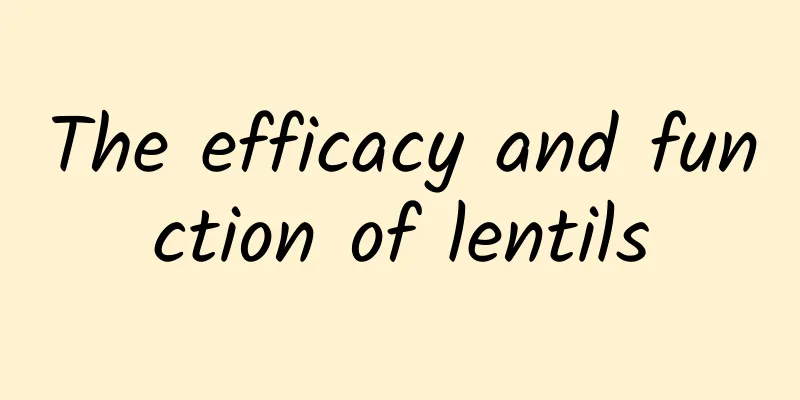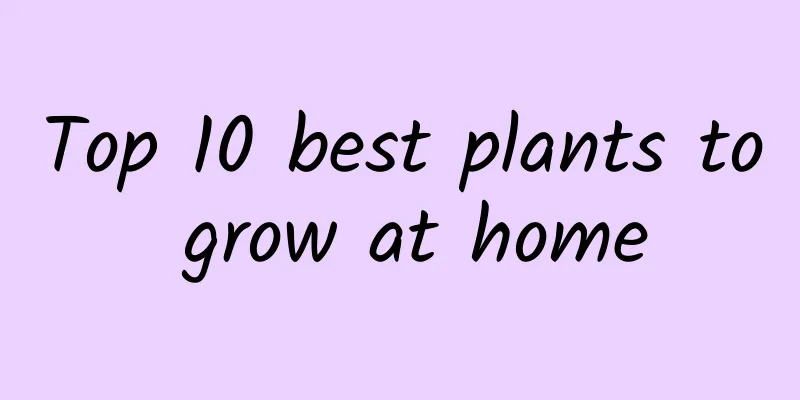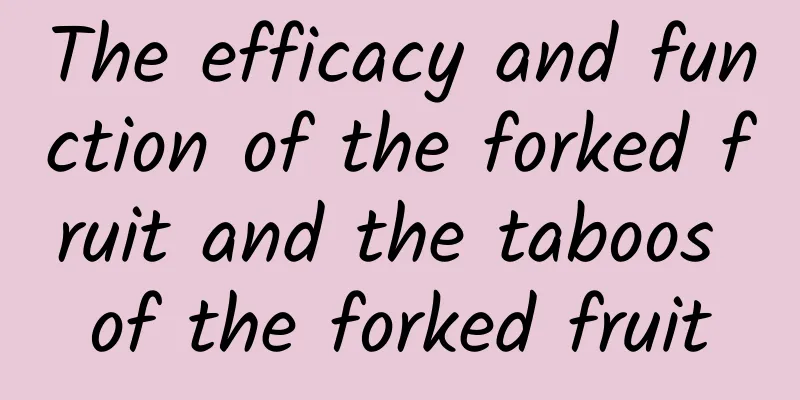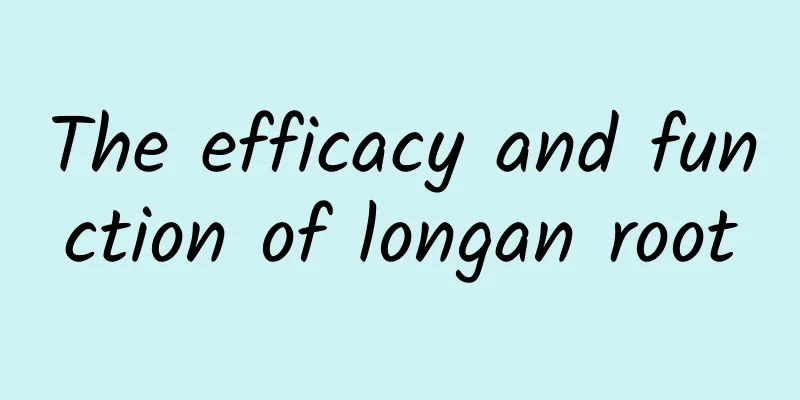Tomato planting technology, how to grow tomatoes
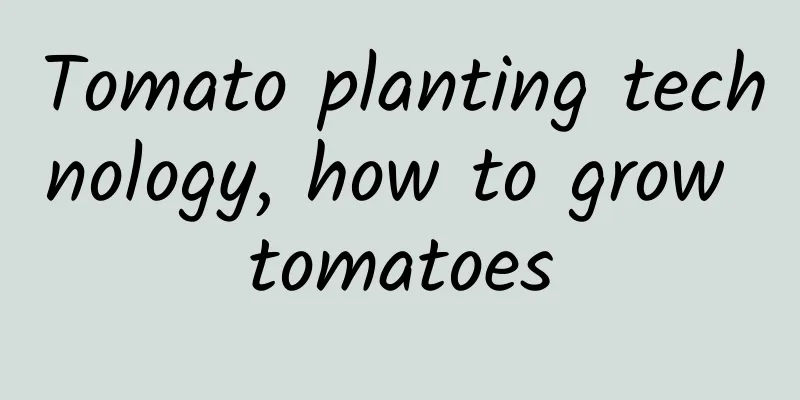
|
Tomato planting must have a good method to better bear fruit. Here are some tomato planting techniques: 1. Pay close attention to the management of the reproductive periodThese measures include inter-row cultivation and weeding, water storage and soil moisture conservation, vine tying and pruning, removing old leaves, ventilation and light transmission, strengthening pest and disease prevention, and strengthening temperature management. The main diseases of tomatoes include viral diseases, bacterial wilt, early blight, late blight, etc.; the main insect pests include cotton bollworm, aphids, etc. Tomato diseases can be prevented but are difficult to treat, so prevention should be the main focus. The prevention and control methods of viral diseases include: selecting disease-resistant varieties, seed disinfection, planting stubble fields, controlling aphids, and early planting at the right time. Temperature management means that the ventilation volume of the greenhouse should be appropriately increased during the day to keep the temperature in the greenhouse at around 25°C. The temperature at night should be kept between 10-13°C. When starting to ventilate, the vents should be increased from small to large, from few to many, and the vents should be gradually reduced or closed after the temperature drops in the afternoon. 2. Grasp the fertilizer and water pipesDuring the growing season of tomatoes, watering is generally not required in the rainy season in summer and autumn, but when 2 to 3 bunches of fruits are ripe and there is drought, watering should be done appropriately. According to the growth of the tomato plants, topdressing should be done in time to promote fruit development and preserve flowers and fruits. Generally, Jinbaobei microbial fertilizer can be applied as base fertilizer, and Jinbaobei seedling strengthening agent and Jinbaobei sweetening agent can be applied as topdressing to make it look more beautiful and delicious. If conditions permit, cake fertilizers such as bean cake and cottonseed cake can be applied. 3. Pick fruits at the right timeThere are four stages of tomato ripening: green ripe, color changing, mature, and fully ripe. For storage and preservation, they can be harvested during the green ripe stage. For transportation and sale, they can be picked during the color changing stage (1/3 of the fruit turns red). For local sale or self-consumption, they should be picked during the ripe stage, when more than 1/3 of the fruit turns red. When harvesting, they should be picked and placed gently, and it is best not to carry the fruit stems when picking to prevent the fruits from stabbing each other during transportation. Before the first frost, if there are still unripe green fruits, they should be picked and stored in the greenhouse, and then put on the market after the fruits are ripe. This will not only extend the supply period, but also increase economic benefits. In the fruit ripening period, it is not suitable to use hormones to stimulate the coloring of the fruit. After careful selection, the fruit should be packed and sold. Its benefits are that it not only reduces production costs, improves fruit quality, but also ensures consumer safety. |
<<: When is the best time to eat tomatoes? How to make tomatoes delicious
>>: What types of tomatoes are there
Recommend
Ingredients and steps for tangerine and tremella soup
Everyone knows that mandarin oranges are deliciou...
What are the effects and functions of Cuiluli
Green lily is a common ornamental plant, which ap...
The efficacy and function of mountain orange
Mountain orange is a kind of tree. It is a wild p...
How to eat dried longan? Tips on eating dried longan
Dried longan is a common dried fruit ingredient i...
How is Nufarm? Nufarm reviews and website information
Nufarm_What is Nufarm? Nufarm is one of the world&...
The efficacy, effects and side effects of August melon peel wine
The fruit of the wax gourd, also known as wild ba...
What are the uses of egg shells?
Eggs are a food ingredient that we eat almost eve...
How is Handong International University? Reviews and website information of Handong International University
What is Handong Global University? Handong Global ...
How is Merck? Merck reviews and website information
What is the website of Merck? Merck Sharp & Do...
How is Kotobukiya? Kotobukiya reviews and website information
What is Kotobukiya? Kotobukiya Co., Ltd. is a Japa...
How to identify perfect aloe vera gel and how to distinguish the authenticity of perfect aloe vera gel
Perfect aloe vera gel has certain beauty and heal...
Nutritional value and efficacy of basswood mushrooms Benefits of eating basswood mushrooms
Basswood mushroom is a fine product among mushroo...
The efficacy and effects of blueberries and how to eat them
Everyone knows that blueberries are delicious fru...
How to pickle sour beans
Beans are especially delicious after being made i...
Pumpkin Cheesecake Ingredients and Method
A friend is coming over these days, and he said h...



